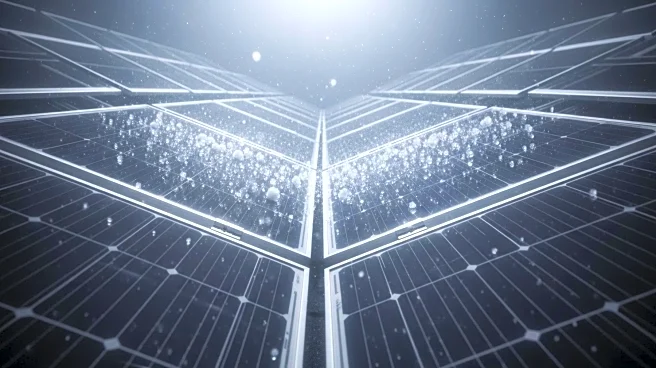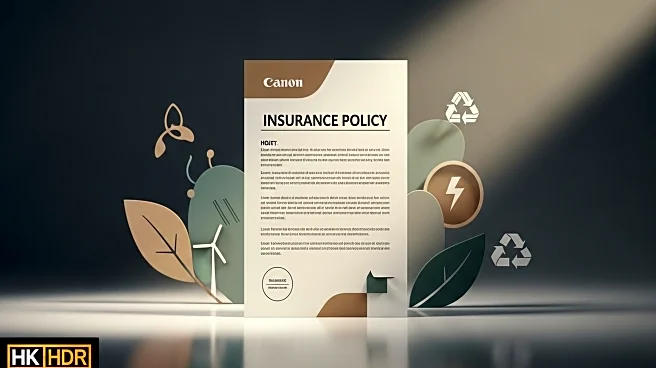What is the story about?
What's Happening?
VDE Americas and RETC have introduced the Hail Resiliency Curve (HRC) Test, a new protocol designed to evaluate solar panel resilience against hail damage. This test simulates real-world hailstorm conditions, assessing solar panels' ability to withstand impacts from various hailstone sizes and wind speeds. The HRC Test provides solar developers, owners, and operators with accurate data on a panel's breaking point, enabling manufacturers to optimize product designs and project developers to perform cost-benefit analyses. Insurance providers can use this data to better assess hail damage coverage and premiums.
Why It's Important?
The introduction of the HRC Test marks a significant advancement in solar panel testing, offering a more rigorous approach to understanding hail resilience. This development is crucial for the solar industry, as it provides stakeholders with empirical data to make informed decisions about product design, project development, and insurance coverage. By reducing uncertainty, the test can enhance investor confidence and support the growth of solar energy projects, contributing to the broader adoption of renewable energy technologies.
What's Next?
Early adopters of the HRC Test include a diverse range of solar manufacturers and project developers. As the test gains traction, it may lead to improved solar panel designs and more accurate risk assessments for hail damage. The solar industry could see increased collaboration between manufacturers, developers, and insurers to leverage the test's insights for better product and project outcomes.
Beyond the Headlines
The HRC Test could influence the development of new standards for solar panel resilience, potentially impacting regulatory frameworks and industry practices. The focus on empirical data may drive innovation in solar technology, encouraging manufacturers to explore new materials and designs to enhance durability.
AI Generated Content
Do you find this article useful?















